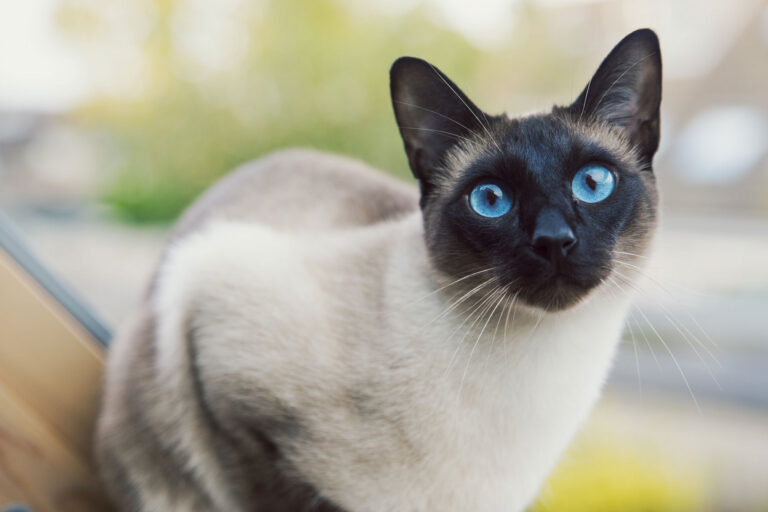Bringing a new cat into your home can be an exciting yet challenging experience. Whether you’re introducing a new feline friend to your existing pet or integrating a rescue cat into your household, a smooth transition is key to a harmonious environment for all. In this comprehensive guide, we’ll explore the 13 best strategies for successful cat integration, ensuring a seamless transition for both your new cat and existing pets.
1. Prepare Your Home:
Before bringing your new cat home, create a safe and comfortable space for them to explore. Set up a designated area equipped with food, water, litter box, toys, and cozy bedding. This initial space will serve as a sanctuary for your new cat as they acclimate to their surroundings and your existing pets.
2. Gradual Introduction:
Introduce your new cat to your existing pets gradually. Start by allowing them to smell each other’s scent through closed doors. Slowly progress to supervised interactions in neutral territory, such as a separate room or outdoor space. Monitor their behavior closely and be prepared to intervene if tensions arise.
3. Utilize Scent Exchange:
Exchange bedding or toys between your new cat and existing pets to familiarize them with each other’s scent. This can help reduce anxiety and facilitate a smoother integration process. Additionally, consider using synthetic pheromone diffusers to create a calming environment for all pets involved.
4. Maintain Routine:
Consistency is key when integrating a new cat into your home. Stick to a regular feeding schedule, maintain consistent playtimes, and ensure all pets receive equal attention and affection. Establishing a predictable routine can help reduce stress and promote a sense of security for your furry companions.
5. Provide Vertical Space:
Cats love to perch and observe their surroundings from elevated positions. Invest in cat trees, shelves, or window perches to provide vertical space for your pets to explore and retreat to when needed. Vertical territory can help reduce conflicts between cats by offering additional space and escape routes.
6. Supervised Interactions:
During the initial integration phase, supervise all interactions between your new cat and existing pets. Keep a close eye on their body language and intervene if any signs of aggression or tension arise. Redirect negative behavior with positive reinforcement and reward calm, friendly interactions.
7. Encourage Playtime:
Engage your pets in interactive play sessions to help build positive associations and strengthen their bond. Use toys that encourage chasing, pouncing, and batting to stimulate their natural instincts and alleviate boredom. Playtime can also serve as a distraction from potential conflicts and help release pent-up energy.
8. Separate Resources:
Ensure each pet has access to their own food, water, litter box, and resting areas to prevent resource guarding and territorial disputes. Place multiple litter boxes and feeding stations throughout your home to accommodate the needs of each pet and minimize competition.
9. Monitor Body Language:
Pay attention to your pets’ body language during interactions to gauge their comfort level and emotional state. Signs of stress or discomfort may include flattened ears, dilated pupils, hissing, growling, or defensive postures. Respect their boundaries and provide space as needed to prevent escalation.
10. Provide Escape Routes:
Create multiple escape routes and hiding spots throughout your home to give your pets the option to retreat and decompress when feeling overwhelmed. This can include hiding boxes, cat tunnels, or secluded areas where they can seek refuge away from potential conflicts.
11. Gradually Increase Exposure:
As your pets become more accustomed to each other, gradually increase their exposure and interaction time. Allow supervised visits in shared spaces while continuing to monitor their behavior closely. Be patient and don’t rush the integration process, as it may take time for your pets to adjust to each other’s presence.
12. Reward Positive Interactions:
Reinforce positive behavior and interactions between your pets with treats, praise, and affection. Reward calm and friendly gestures, such as sniffing, grooming, or playing together, to encourage bonding and cooperation. Positive reinforcement can help build trust and strengthen the relationship between your pets over time.
13. Seek Professional Guidance:
If you encounter challenges or persistent conflicts during the integration process, don’t hesitate to seek professional guidance from a veterinarian or animal behaviorist. They can provide personalized advice and strategies to address specific issues and facilitate a successful integration for your pets.
Successfully integrating a new cat into your home requires patience, consistency, and dedication. By following these 13 best strategies for cat integration, you can help create a harmonious environment where all pets coexist peacefully. Remember to prioritize your pets’ well-being and comfort throughout the process, and don’t hesitate to seek professional assistance if needed.

Dr. Lorie Wiltse’s path to veterinary medicine was marked by a great desire for excellence and a dedication to advance the profession of neurology.
Subscribe my Newsletter for new blog posts. Stay updated from your inbox!










